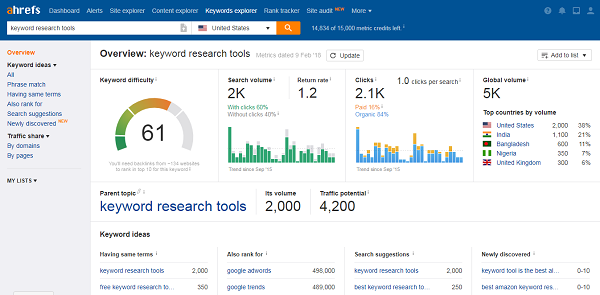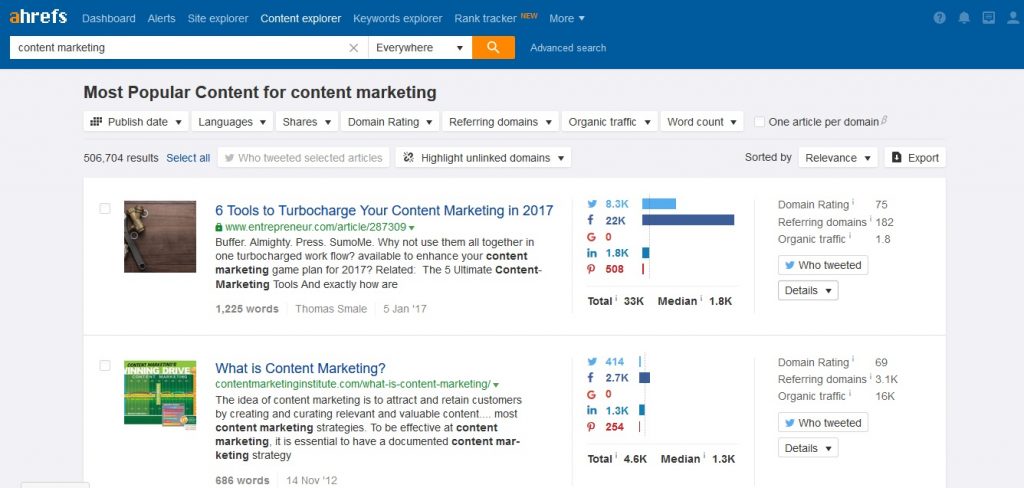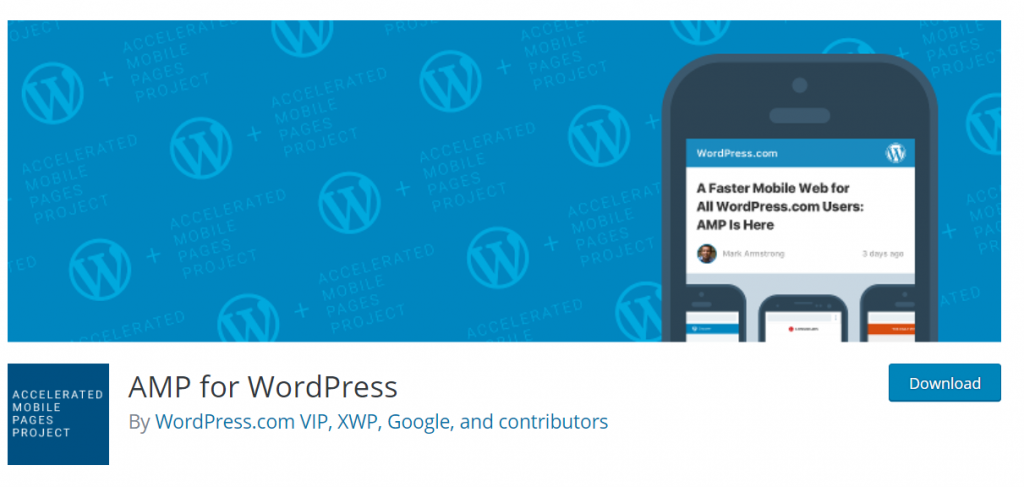SEO Hacker Blog Optimization Guide
Blogging sites have been around for as long as the internet became mainstream. These websites have become a place in which internet users are able to express themselves, provide information, and even share files and media. A blog’s flexibility has made it into one of the best ways to market content and drive search traffic to different kinds of websites.
Nowadays, most websites now have their own form of blog content, which enables them to drive traffic and provide a variety of useful information that would benefit readers, and even create contacts that can help a business grow. These reasons have led to blogs becoming crucial for growing your website and to creating content marketing campaigns that would help drive more sales and traffic.
Despite the many changes in digital marketing and SEO, blogs remain as an important element for a successful website. Optimizing blogs in today’s age takes a lot of time and effort, as you would have to ensure that your content is searchable and informative that it passes search engine standards. There are many ways to optimize your blog, and picking the right approach would ensure more success, along with quality content.
When it comes to finding the best steps to take in creating a blog optimized for search, we have been writing various tips and techniques that would help make successful blogs over the past few years. With the amount of content that we have written, it is only fitting that we create a blog optimization guide that features all of them in one location. With that in mind, here is our SEO Hacker Blog Optimization Guide.
Establish your niche
The best blogs are sources of quality content, and the first steps towards that is conceptualization. Blog sites across the internet offer a wide variety of topics, which makes standing out and finding your niche to become a bigger challenge. Finding your niche is crucial, as it would become the main topic that your blog posts would be centered around on. For example, a blog about Japanese cuisine would mean that my content should primarily focus on recipes, cooking tips, and food reviews related to Japanese food.
Having a niche establishes the identity and branding of your blog, along with providing more content consistency. Another thing that you must take into account when establishing your niche is the number of people searching for it. Naturally, there are topics that are more popular than the other, which means that the amount of traffic that it can drive varies. This means that a more popular niche may mean more competition, but also means more content that you can take inspiration from.
Finding your niche can be a challenge and planning your content to center around it is another. Once you have found your niche, the next step is to craft the content that will make up the bulk of your blog.
Perform keyword research
After finding your niche, the next step to crafting your blog content is to find the right keywords that would help make your content easier to search. While finding the right keywords might seem easy at a glance, there is a lot of research that must be done in order to identify the best ones that would suit your blog.
Keyword research requires the right tools such as Google Keyword Planner and Ahrefs, which offer you data such as search volume, ranking, and keyword difficulty. This amount of data would help you show how people search for content and see what types of words can be used to find different kinds of content. This will help you avoid issues such as keyword cannibalization and keyword stuffing.
There are also factors to consider when finding the right keywords like exact search terms and long-tail keywords. With mobile search and voice search continually affecting the search landscape, optimizing for both desktop and mobile will soon have more impact on the results that users would see.
Doing keyword research takes a good amount of time. On the Ahrefs tool, you can enter in a list of possible keywords you can use, and the tool will come up with a wide variety of keyword suggestions and search matches that can be used. The best part is that you can see the keyword volume, difficulty, and the SERP results that would show up when searched.
Keyword research is one of the crucial first steps towards having a blog optimized for SEO, and the right tools and approach are the first steps that would guarantee success and growth for your blog.
Optimize and update older posts
For established blogs, users might already have an archive’s worth of blog posts from the years that have passed. This means some of the content might not be as optimized compared to newer posts or might contain information that has since been rectified and updated due to new findings. The best kind of blog content is one that is evergreen, which means that the information within that article would be able to stand the test of time and remain useful for a long period of time.
Along with the content, you would also need to update title tags, headers, and meta descriptions within your blog. These elements are important when it comes to showing up on search engines, as it would help both users and search engines to give an idea of what your blog posts contain. When it comes to optimizing the main content, it could mean various factors, such as adding extra entry, correcting grammatical and spelling errors, and even adding relevant images or infographics.
In our blog, we have articles that have to be updated to keep up with current updates on search engines and digital marketing tools, which means that we have to be on our toes when it comes to updating our articles on a constant basis to keep up with the times. As good practice to ensure that you would be able to touch upon your articles is to check a specific set of articles on a daily basis and find the ones that need some work and update them. Updating articles might be a laborious task, but the rewards make the effort worth doing as you help these posts gain more traffic to your website.
Formulate topics based around your niche
When it comes to formulating articles based on your niche and keywords, it is best to do research and use tools like Ahref’s Content Explorer to see content related to your niche. This would allow you to see what various blogs and news sites publish on a regular basis and see why they drive traffic to their websites.
Along with content research, it is also important to create articles based on answers to questions that are commonly asked about your niche. The best type of content is one that is useful and provides the user with more knowledge about a certain topic. In the past, we have written articles that address various needs about SEO-related topics, and these articles have become some of our most successful. Answering to what, who, where, how and when types of questions would be able to provide good search traffic opportunities. The best way to put his simply is to think this way: Articles not only express your blog but also provide useful information that can address the needs of the user.
Optimize viewability
Back then, most of the internet is viewed on desktop, which made accessibility a much easier thing to optimize for. With the rise of mobile internet, websites can now be viewed through portable devices, which resulted in various viewability issues to various devices and screen sizes. This issue led to the development of Accelerated Mobile Pages (AMP) and Responsive design.
AMP and Responsive design allow you to be able to have a mobile-friendly version of your website, as it would be able to adjust accordingly to a mobile device’s screen size while being able to provide the same amount of content that can be viewed on desktop. Viewability is an important element of the user experience, and a negative experience due to the lack of mobile compatibility would impact your traffic in the worst way possible. You can check our AMP implementation guide and our article about Responsive design to learn more to enhance the mobile experience.
Check your loading speed
Loading speed is an important search ranking factor, and thanks to the Google Speed update, mobile page loading speed is now a ranking factor on mobile search as well. One of the most important aspects of the user experience is leaving a good first impression, and a slow-loading website is something that would cause users to leave your website for a faster one.
It is best to avoid that situation by using the aforementioned AMP and Responsive design to enhance mobile loading speed by creating mobile-friendly pages and using caching tools to allow instant loading pages when users revisit your website. Using website audit tools such as Google Lighthouse and the PageSpeed Insights tool also enables you to track loading speed times and find the best ways to optimize it through optimizing content and some elements of your website design. Every second counts, and that’s even more impactful when it comes to loading speed and
CTA and Social Sharing
One of the goals of blog posts is to create conversions for your business or subscriber base, which is why Call to Action buttons are important in helping complete this process. CTA buttons work best when they stand out and attract the user into clicking them. Another way to drive more traffic to your blog is adding social media sharing buttons. Social media platforms are some of the most active websites on the internet and sharing your articles would lead more users into your website, which would provide a positive boost to your traffic.
Blogs are a platform to express thoughts and share information, and these methods would surely take your blog into different platforms.
Key Takeaway
Blogs drive traffic into a website, and these tips and techniques ensure that you would be able to make the most out of them and create the best content. Looking to start your own blog? Make use of these tips and create a successful blog that has the most room to grow and improve.
If you have questions and inquiries about blog optimization and SEO in general, leave a comment below and let’s talk.



